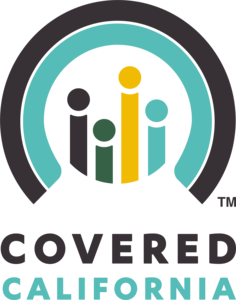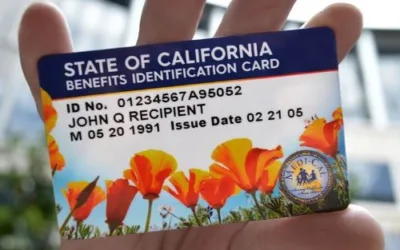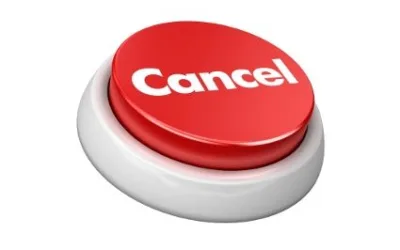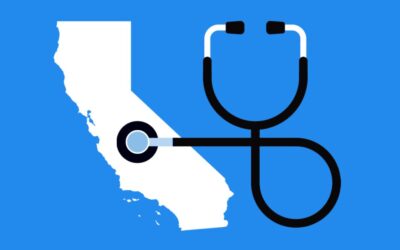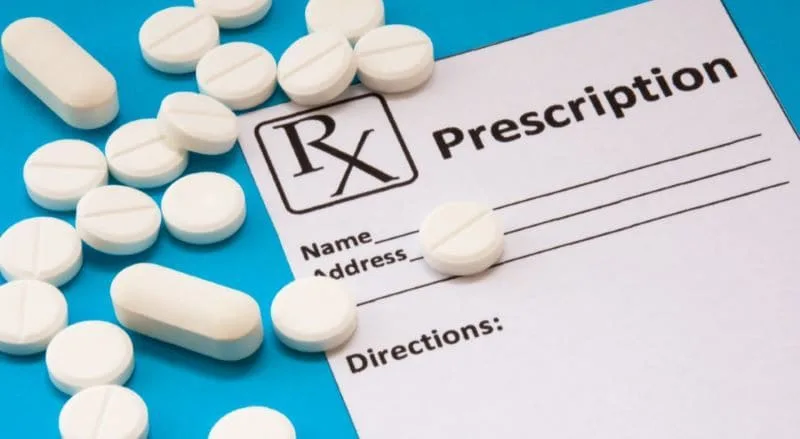
Introduction to Prescription Medication
Welcome to the world of prescription medications – a vital component in the modern healthcare system. Understanding the difference between brand and generic drugs isjust as important as knowing what to take and when; it’s about comprehending their role in your overall health and how they fit into the broader healthcare landscape. Medications are powerful tools in managing health conditions, preventing diseases, and improving quality of life. However, with this power comes the responsibility of informed decision-making.
Each medication, whether it’s for controlling blood pressure, managing diabetes, or treating seasonal allergies, plays a distinct and crucial role. The effectiveness of a treatment plan heavily relies on the right medication, taken in the right way, at the right time. This is where knowledge becomes key. By understanding the medications you are prescribed, you can actively participate in your healthcare, ask informed questions to your healthcare provider, and make choices that best suit your health needs and lifestyle.
Difference Between Brand and Generic Drugs
When it comes to prescription drugs, one of the first distinctions to understand is the difference between brand and generic drugs. At first glance, the difference may seem to be just in the name and packaging, but it goes deeper.
Brand Name Drugs are the original products introduced by pharmaceutical companies. They come with a unique name given by the manufacturer and are protected by patents, allowing the company to market the drug exclusively for a certain period. This exclusivity is a reward for the company’s investment in research, development, and marketing of the drug.
Generic Drugs, on the other hand, are ‘copies’ of brand-name drugs that are manufactured and sold after the original patent expires. They contain the same active ingredients as their brand-name counterparts and are required by the U.S. Food and Drug Administration (FDA) to be equally effective, safe, and of similar quality.
The primary allure of generic drugs lies in their pricing. Without the need for extensive research and marketing investments, generics are sold at significantly lower prices. This affordability, however, often leads to myths about their effectiveness. It’s crucial to understand that generics are just as effective as brand-name drugs. The lower price does not indicate lower quality; it reflects the economic realities of drug development and marketing.
Understanding the differences between these types of drugs helps in making informed choices about your healthcare. When a doctor prescribes a medication, knowing the options available can aid in discussing cost-effective yet efficient treatment plans. Whether you choose a brand name or generic drug, the goal remains the same – managing your health effectively and safely.

Understanding Formularies
A formulary is essentially a list of prescription drugs that your health insurance plan has approved for coverage. It’s an essential tool in managing both the quality and the cost of pharmaceutical care. Think of a formulary as a menu from which you and your healthcare provider can choose your medication. However, unlike a restaurant menu, the options available in a formulary are carefully selected based on their therapeutic value and cost-effectiveness.
Formularies categorize drugs into different segments based on factors like efficacy, safety, cost, and whether a generic version is available. Insurance companies work with pharmacists and doctors to develop these formularies. The inclusion of a drug in a formulary is based on rigorous evaluation of its clinical effectiveness, safety profile, and cost to the insurer and the insured. This process helps in ensuring that the medications provided are both effective and financially reasonable.
The structure of a formulary directly impacts your out-of-pocket costs. Drugs that are considered preferred or have a generic alternative are generally less expensive for the insured. On the other hand, non-preferred drugs or those without a generic equivalent might come with higher co-pays or may not be covered at all. Understanding your plan’s formulary can therefore be crucial in managing your medication expenses.
Drug Tiers and Insurance Coverage
Within a formulary, drugs are often organized into tiers, and these tiers have a significant impact on how much you pay for your medications. Generally, the lower the tier, the lower your cost.
Tier 1 typically includes generic medications, which are the most affordable options.
Tier 2 usually covers preferred, brand-name medications.
Tier 3 is often reserved for non-preferred brand name drugs, which can be more expensive.
Specialty Tiers might exist for high-cost prescription drugs, often used to treat severe or rare conditions.
Your co-pay or coinsurance for a medication depends on which tier it falls under. Generic drugs in Tier 1 usually come with the lowest out-of-pocket costs. As you move up the tiers, your share of the cost generally increases. This tier system encourages the use of effective, yet lower-cost medications, including generics.
Understanding drug tiers is crucial when selecting a health plan or considering medication options. A drug that is in a higher tier for one plan may be in a lower tier in another, affecting your overall healthcare costs. It’s important to review your plan’s formulary and understand how these tiers affect your medication costs. This knowledge can be a powerful tool in managing both your health and your budget.
The Role of Prescription Drugs in Health Plans
Prescription coverage can vary significantly across different health plans. Let’s compare how HMOs (Health Maintenance Organizations), PPOs (Preferred Provider Organizations), and other plans typically handle prescription drug coverage:
HMOs: HMO plans often focus on preventive care and typically have lower premiums. When it comes to prescription drugs, they may offer lower co-pays but with a more restricted formulary. You usually need to get your prescriptions filled within the HMO network, and a referral from your primary care physician might be required for certain medications.
PPOs: PPO plans offer more flexibility in terms of choosing healthcare providers and pharmacies. They often have a wider formulary compared to HMOs, but this comes with higher premiums and co-pays. PPOs are a good choice if you prefer more choice in your healthcare and are willing to pay a bit more for that flexibility.
Other Plans: Other plan types like EPOs (Exclusive Provider Organizations) and POS (Point of Service) plans offer varying balances between choice, cost, and coverage. EPOs generally have a restricted network like HMOs but do not require referrals for specialists. POS plans blend elements of HMOs and PPOs, offering more choice than an HMO but with lower out-of-pocket costs compared to a PPO.
Understanding the prescription drug coverage of your health plan is crucial. It not only affects your immediate medication costs but also impacts your overall healthcare expenses. Reviewing and comparing how different plans cover prescriptions can help you make the best choice for your healthcare needs and financial situation.

How to Choose the Right Medication Plan
Selecting a health insurance plan that meets your medication needs is a critical decision. Here are some tips to guide you:
- Evaluate the Formulary: Check if the plan’s formulary includes medications you currently take or might need. Pay attention to how they are categorized in drug tiers, as this impacts your out-of-pocket costs.
- Understand Costs in Different Tiers: Analyze the cost-sharing structure for different drug tiers in the plan. Consider both your regular prescriptions and any potential future medications.
- Consider Your Medication Needs: If you have ongoing prescriptions, prioritize plans with favorable coverage for those drugs. For those with fewer medication needs, a plan with higher prescription costs but lower premiums might be more cost-effective.
Navigating Prior Authorization and Step Therapy
Insurance companies often use protocols like prior authorization and step therapy to manage costs and ensure appropriate medication use.
- Prior Authorization: This is a requirement where your physician must obtain approval from your insurance company before a medication is covered. It’s used for expensive or specialized medications to ensure they’re medically necessary.
- Step Therapy: In this approach, you may be required to try less expensive medications before “stepping up” to costlier alternatives if the initial treatments are ineffective.
Both practices can affect your access to certain medications and may require additional steps from your healthcare provider.
Tips for Managing Medication Costs
- Use Mail-Order Pharmacies: Often, you can save money by using mail-order services, particularly for long-term medications.
- Consider Therapeutic Alternatives: Discuss with your doctor if there are less expensive but equally effective medication alternatives.
- Explore Patient Assistance Programs: Many pharmaceutical companies offer programs to help cover the cost of medications for those who qualify.
Conclusion and Resources
Navigating prescription medication and insurance coverage can be challenging, but being informed makes a significant difference. For more information, visit reputable websites like Medicare.gov or HealthCare.gov and use tools like GoodRx for comparing drug prices. Don’t hesitate to contact your insurance provider for specific queries regarding your coverage.
FAQ Section
Q: What should I do if my medication is not covered by my insurance? A: Discuss with your doctor about alternatives or generic versions. You can also appeal the insurance company’s decision or explore patient assistance programs.
Q: Can I switch plans if my medication needs change? A: Yes, during the open enrollment period or if you have a qualifying life event, you can change plans.
Q: How can I find out if a specific drug is covered by my insurance? A: Check your plan’s formulary or contact your insurance provider directly for this information.
